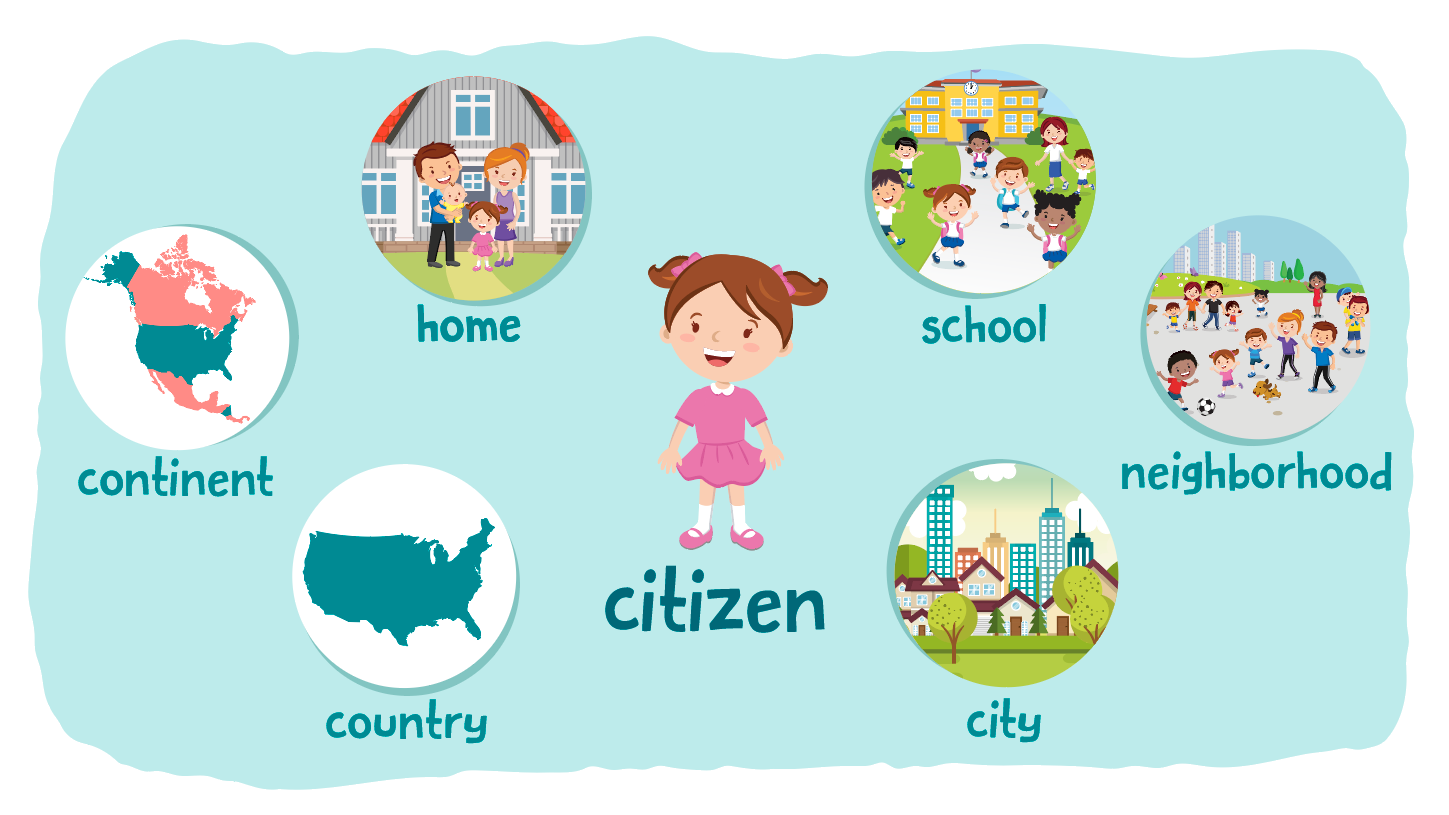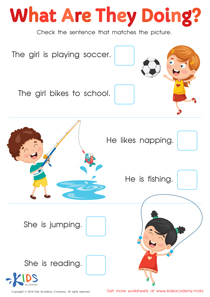Understanding fractions Easy Grade 1 Worksheets
6 filtered results
-
From - To
Welcome to our "Understanding Fractions Easy Grade 1 Worksheets" page! Designed for young learners, these engaging worksheets introduce the fundamental concept of fractions in a fun and accessible way. Ideal for first-grade students, each activity encourages hands-on learning, helping kids visualize fractions through colorful illustrations and practical examples. Our worksheets cover various topics, including identifying halves and quarters, comparing fractions, and recognizing whole parts. These resources support teachers and parents in reinforcing math skills and nurturing a love for learning. Explore our collection today and help your child master fractions with confidence and enthusiasm! Perfect for classroom or home practice!
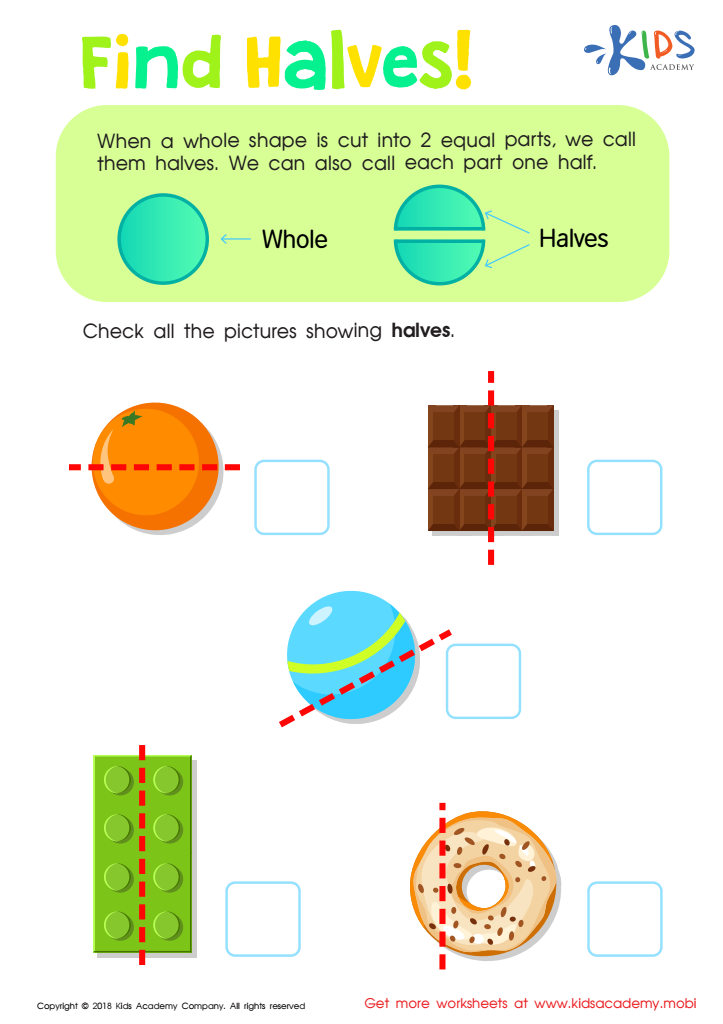

Find Halves Worksheet
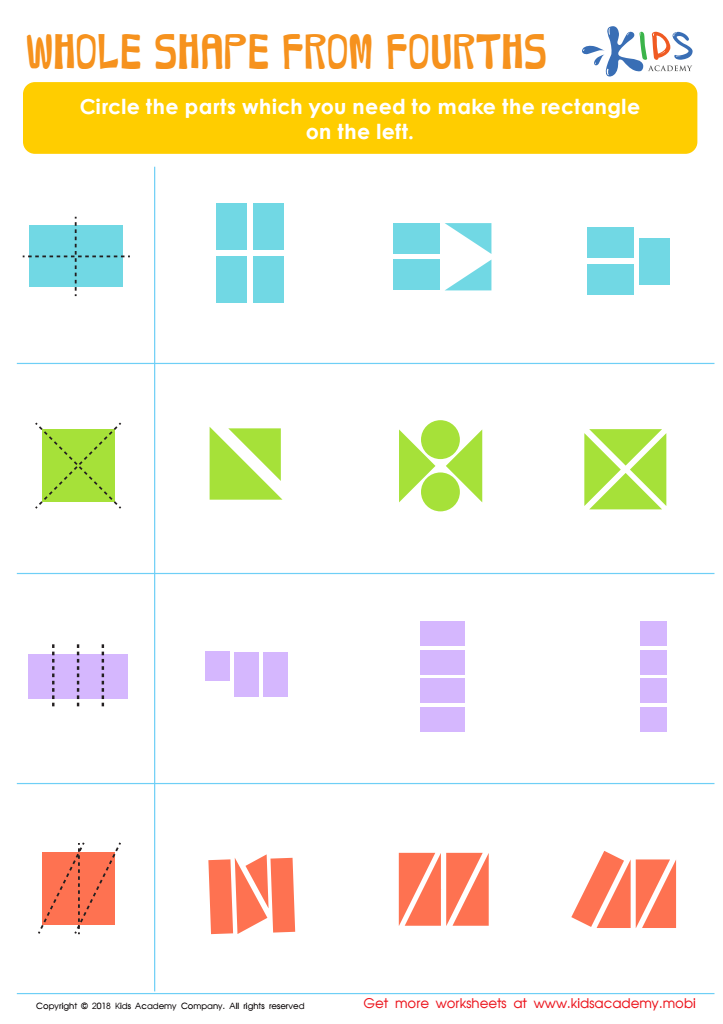

Whole Shape from Fourths Worksheet


Comparing Shares Worksheet
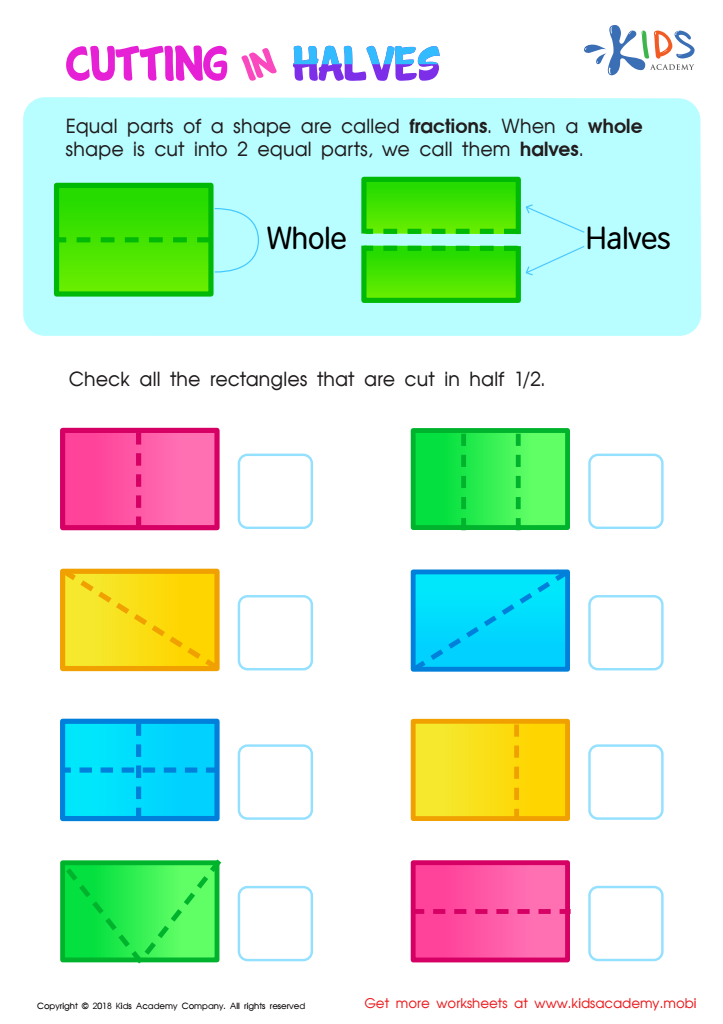

Cutting in Halves Worksheet
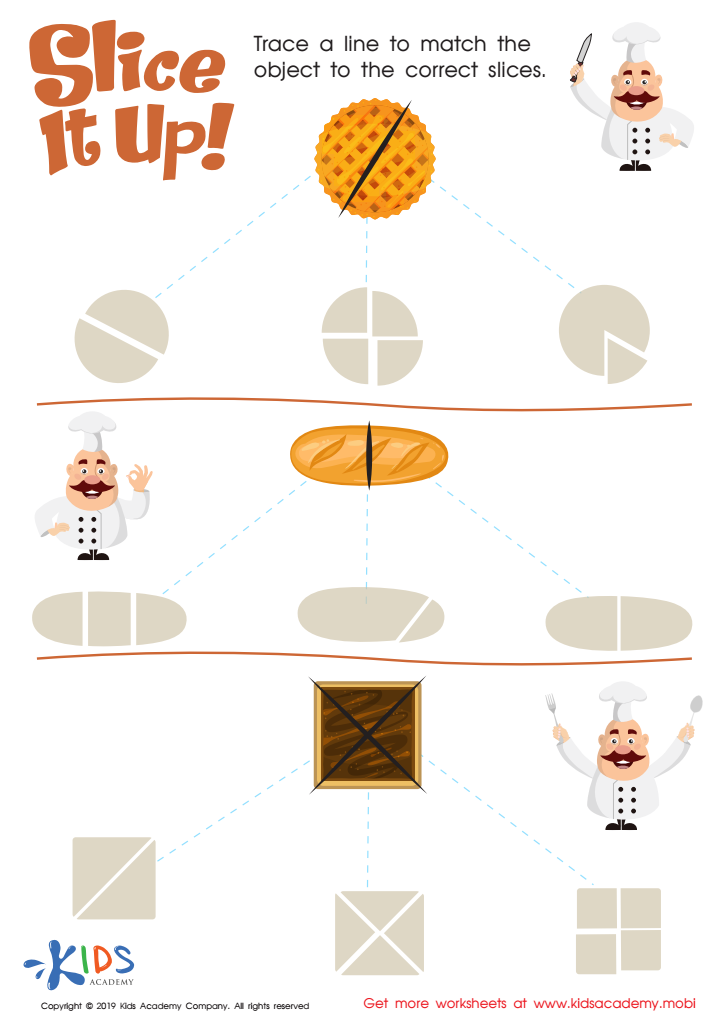

Slice It Up Worksheet
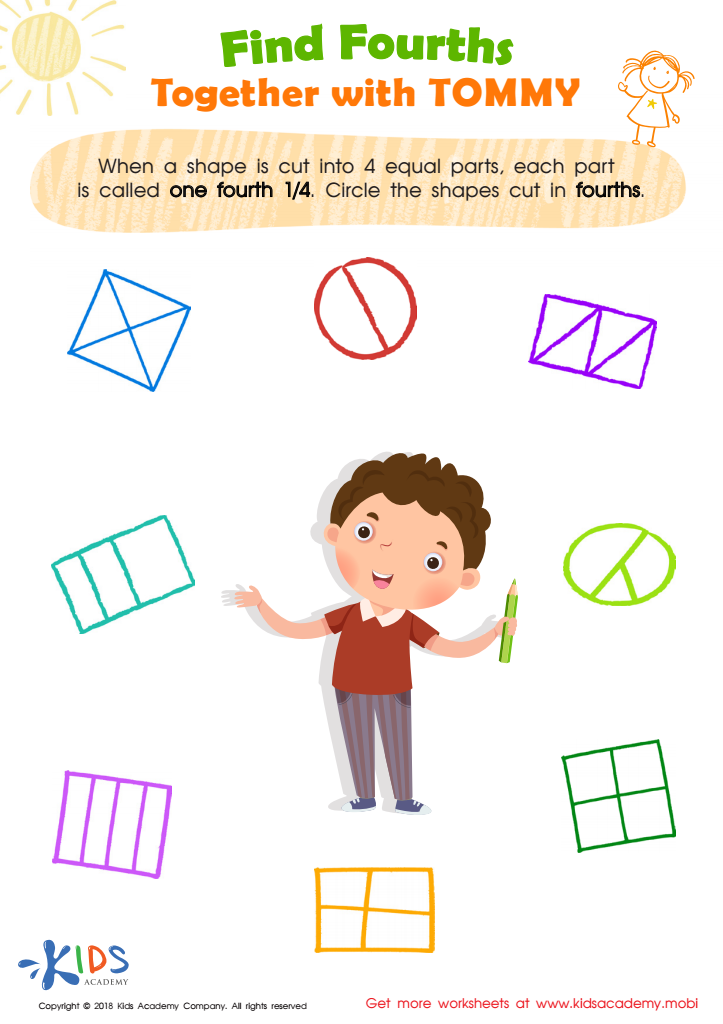

Find Fourths Together with Tommy Worksheet
Understanding fractions at an early age is fundamental for young learners, especially in Grade 1. Fractions are not just a mathematical concept; they relate to everyday life, helping children grasp ideas related to parts and wholes. When parents and teachers emphasize fractions, they help kids recognize that many things can be divided – from sharing pizza to measuring ingredients in cooking.
By introducing fractions in Grade 1, children develop critical thinking and problem-solving skills early on. Engaging with fractions enhances their mathematical confidence, paving the way for more complex mathematical concepts later. It also fosters a sense of collaboration, as children often work together to understand sharing and dividing items equally.
Moreover, a foundational understanding of fractions contributes to skills such as logical reasoning and communication, enabling students to articulate their thoughts more clearly. Parents and educators play a key role in this journey; applying everyday examples and interactive activities can make learning fractions fun and relevant.
In summary, when parents and teachers prioritize understanding fractions, they empower children with essential life skills, setting a solid groundwork for their educational journey and everyday interactions. This early intervention can yield lifelong benefits, enhancing children's overall mathematical literacy and comfort with numbers.
 Assign to My Students
Assign to My Students



.jpg)
